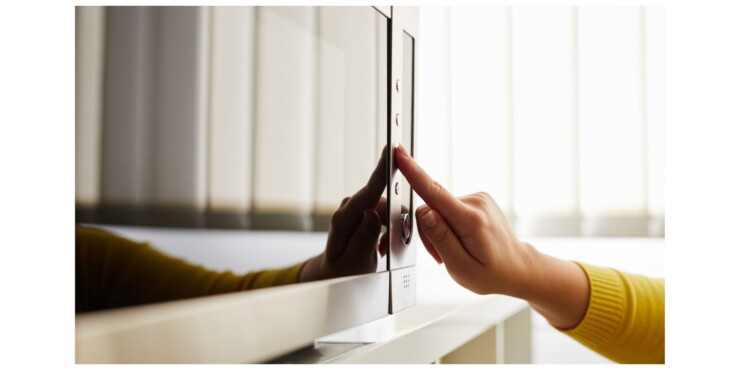This is one of the questions that has been the talking points for years now it seems. Can you microwave plastic plates, or more accurately, is it safe to microwave plastic plates in a microwave?
With all the information circulating in mainstream media and around coffee tables at girl time get-togethers, what is really true about microwaving plastics.
It is believed that when you heat plastic material up, it releases a chemical know as BPA. This is a chemical found in polycarbonate plastics and which has been pointed to as the one responsible for cancer and other related illnesses.
How far true is this though? Well, according to the American Food and Drug Association, Plastics which are not BPA free can release small amounts of BPA when exposed to high temperatures.
They do, however, go on to state that the amounts of BPA released into food when the plastic is heated is not harmful to humans. It’s somewhat comforting to hear this from the FDA but if you have been around for long enough, you will realize that these proven medical viewpoints can be debunked some years or decades down the line.
At some point, doctors were encouraging people to eat carbohydrate-rich foods claiming they were healthy. We now know that high amounts of carbs can lead to weight gain, diabetes, and other numerous health ills.
With this in mind, you might want to make sure that you are safe rather than sorry. We will cover what you can do in order to protect yourself and loved ones against the possible dangers associated with microwaving plastic plates and other related materials.
What is Plastic?
It might sound like a weird question, but what is plastic really? Plastic is a widely used term that describes a wide range of synthetic or semi-synthetic organic compounds that can be molded into different shapes.
This versatility has made plastics the number one choice when it comes to making different items. You would be hard-pressed not to find a plastic product right where you are sitting now or a few meters away from you.
It has simply become an irreplaceable part of our day to day lives. One of the many uses of plastics is in food and beverage containers some of which can end up being exposed to high temperatures and thereby leaching potentially toxic substances into your food and drinks.
Because it is a lot less expensive alternative as opposed to glass, for example, food and beverage manufacturers have opted for that as it improves their bottom line and can It is not within the scope of this article to cover all the different plastics out there but we will focus on a few common ones that you are most likely to encounter.
The most common type of plastic is High-Density Polyethylene or HDPE for short. It is used mostly in milk, water, and juice bottles.
Because it has a high tensile strength in comparison to other forms, has excellent resistance to solvents while being stiff, it has a wide range of uses.
It has been branded as microwave safe though some have cautioned that it should not be in contact with food when being microwaved.
Microwave safe Plastics
There are some microwave-safe plastics that can safely be used to microwave food. CPET is one such plastic. CPET is a plastic that has been crystallized and so can withstand high temperatures.
It is mainly used for oven ready applications. A good way to recognize CPET containers is that they are never clear. A list of unsafe plastics for the microwave includes APET (E), Polystyrene and harvest fiber.
How to Tell If a Container is Microwave Safe
How then can you tell if the plastic plate you want to use actually microwaves safe? Well, the simplest thing to do is look under the container.
Microwave-safe containers will have a symbol with wavy lines on it to indicate that it is microwave safe. As already indicated in this article, you always want to be safe than sorry.
Make sure that whatever material you put in the microwave has the least chances of causing any health issues. It has been proven time and again that the negative effects of certain chemicals on the body happen gradually over a long period of time.
History has also proven that knowledge in the medical field is always growing and what is acceptable now may well prove to have unforeseen negative effects years or decades later.
To stay safe, use more of oven-safe glass instead of synthetic materials that leach out chemicals. We hope this article has gone some way into explaining whether or not you can microwave plastic plates and other plastic containers like styrofoam. As always, I would love to hear your questions, contributions, and comments below.

